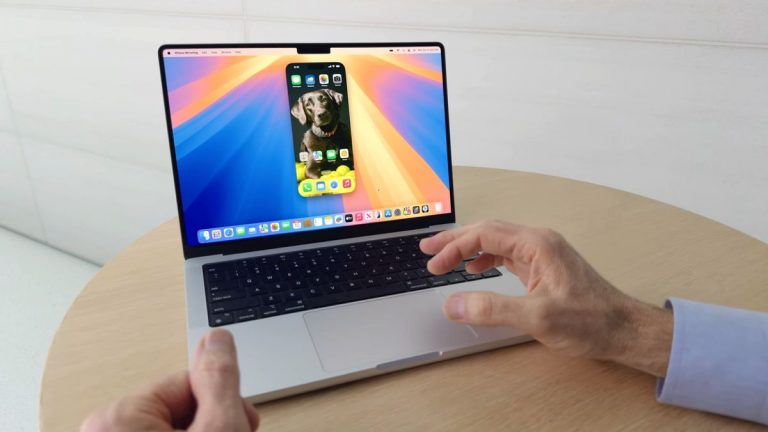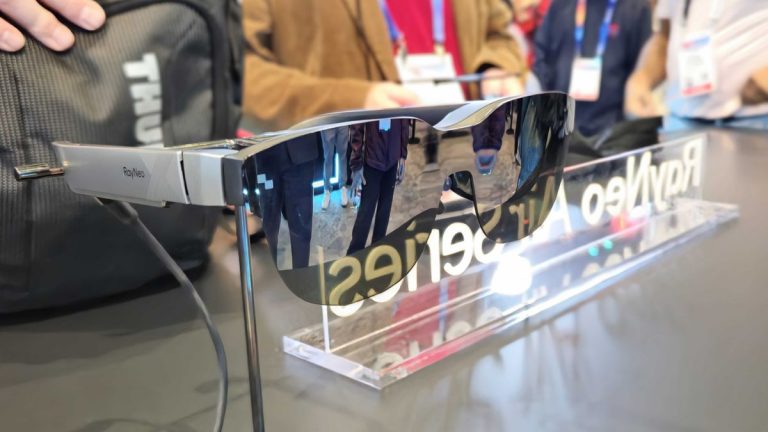The Demise of Graphics Cards: Why the Industry’s Downfall is a Game-Changer

The Rise of Integrated Graphics: The Slow Death of the Dedicated GPU
Two years ago, I wrote about the future of gaming and the rise of integrated graphics. Now, recent developments in the computer hardware industry have further convinced me that we’re witnessing the slow demise of the dedicated graphics card. Yes, you read that right – I believe that the dedicated GPU is going the way of the dodo.
As a long-time PC gamer and system builder, I’ve built numerous PCs for both personal and professional use. I own over 500 games on Steam alone, and I’ve seen the industry evolve significantly over the years. While it may seem heretical to say, I genuinely believe that integrated graphics will eventually surpass the performance of dedicated GPUs.
The Great Graphics Shake-Up
So, what’s driving this change? Let’s start with the CPU industry. Qualcomm’s Snapdragon X Elite chips have made a significant impact, offering powerful performance without the need for a dedicated GPU. This is a significant development, as it highlights the growing capabilities of CPUs with integrated graphics.
Meanwhile, Intel’s Lunar Lake chips are set to revolutionize gaming performance on integrated graphics. AMD has also made significant strides with its custom-tuned chips for gaming handhelds like the Steam Deck. While these chips may not rival the performance of high-end GPUs, they’re more than capable of providing a solid gaming experience.
Upscaling Software: The Game-Changer
The key factor enabling this performance is upscaling software. Tools like Nvidia DLSS, AMD FSR, and Intel XeSS are making it possible to achieve high-quality graphics without the need for a dedicated GPU. My colleague John Loeffler witnessed an Asus ZenBook with an Intel Lunar Lake chip hit an average fps of 60 in Cyberpunk 2077 on 1080p on medium settings thanks to XeSS – a notoriously demanding game.
All In on AI
But what’s driving this shift towards integrated graphics? The answer lies in AI. Nvidia has been a major player in the AI space, and its commitment to AI is unwavering. CEO Jensen Huang’s Computex keynote was filled with AI-related schemes, and the company is constantly releasing new AI-powered tools and hardware.
The Future of Gaming
So, what does this mean for the future of gaming? In my opinion, it means that we’ll see a significant shift towards integrated graphics. Dedicated GPUs will become less relevant, and CPUs with integrated graphics will become the norm. This isn’t a bad thing – it means that future system upgrades will be quicker and easier, and we’ll see more compact PC builds.
In conclusion, the dedicated GPU is slowly dying. Integrated graphics are the future, and upscaling software is making it possible to achieve high-quality graphics without the need for a dedicated GPU. While it may seem like a dramatic statement, I genuinely believe that the days of the dedicated GPU are numbered.






